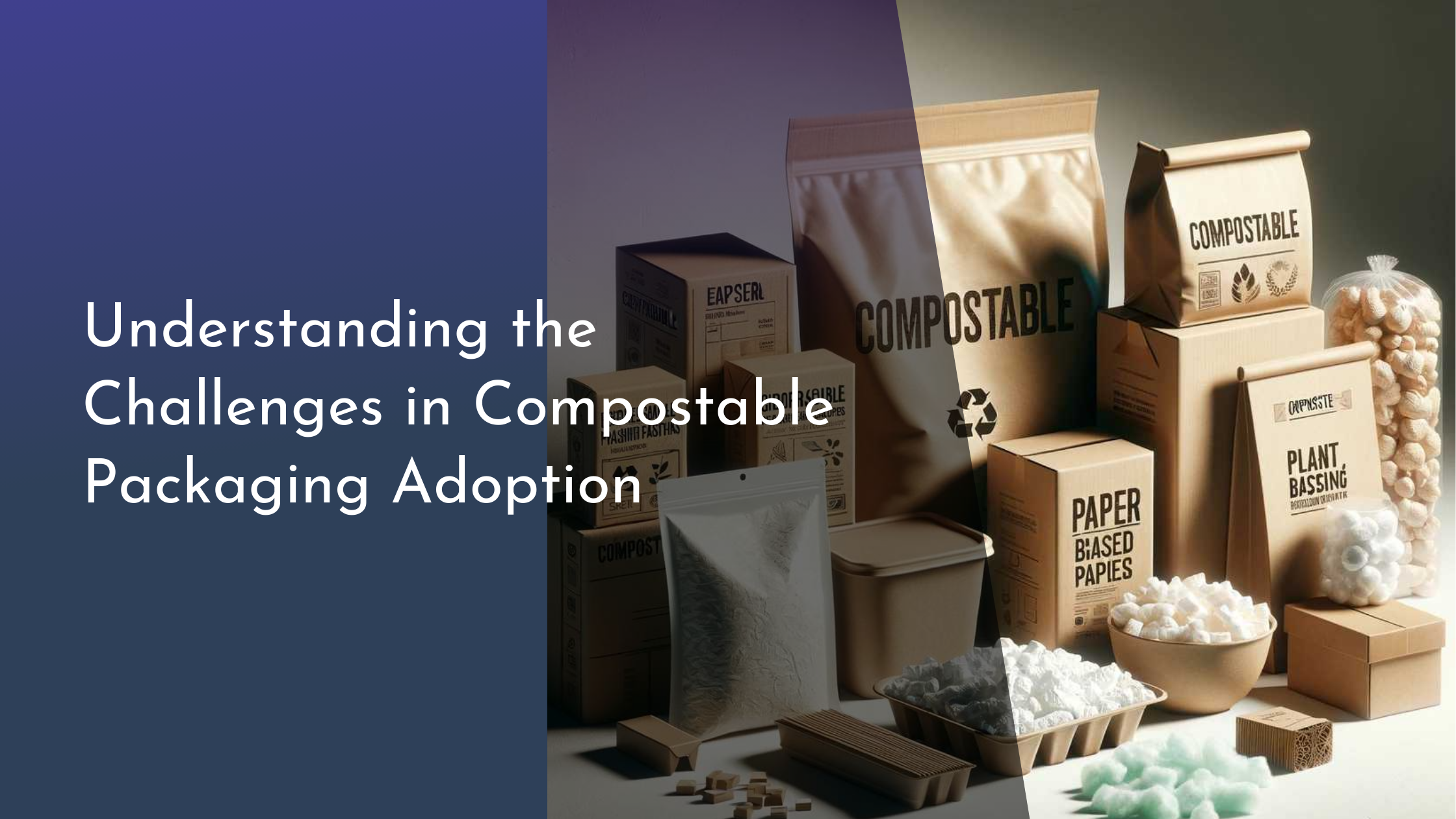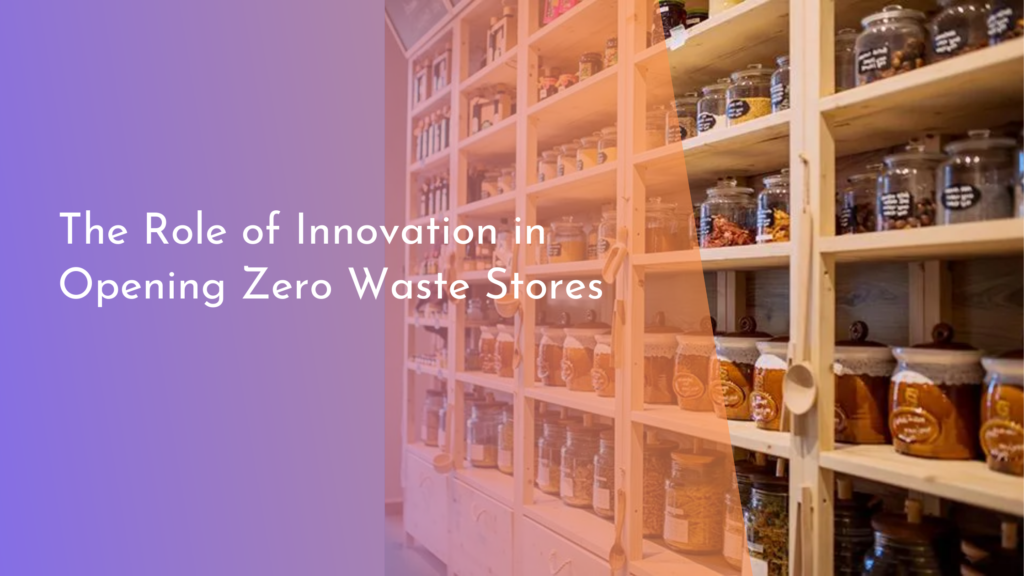Understanding the Challenges in Compostable Packaging Adoption
In recent years, the demand for sustainable products has surged, and with it, the interest in compostable packaging has risen dramatically. As more consumers become environmentally conscious, businesses are pressured to adopt packaging solutions that minimize ecological impact. Compostable packaging stands out as a promising alternative to traditional plastics. However, despite its potential, the widespread adoption of compostable packaging faces several challenges. This article delves into the rise of compostable packaging, explores the barriers hindering its adoption, highlights recent innovations, and concludes with a hopeful outlook for the future.
Examining the Rise of Compostable Packaging
The awareness and concern over plastic pollution have significantly contributed to the rise of compostable packaging. Consumers today are more informed about the detrimental effects of plastic waste on the environment, leading to a shift in purchasing behavior towards eco-friendly products. Compostable packaging, which breaks down into non-toxic components in a composting environment, offers a viable solution to this pressing issue. Businesses are increasingly adopting these materials to align with consumer values and demonstrate their commitment to sustainability. This transition is supported by policy changes and incentives from governments worldwide aiming to reduce plastic waste.
Compostable packaging is not only beneficial for the environment but also offers competitive advantages for businesses. Brands using compostable materials can enhance their image and differentiate themselves in a crowded market. As a result, there’s a growing trend among companies of all sizes to integrate these sustainable practices into their operations. Retailers and manufacturers are investing in research and development to improve the quality and performance of compostable packaging, ensuring it meets the needs of both customers and the environment. This growing enthusiasm and investment reflect a positive trajectory for the adoption of compostable packaging.
Identifying Key Barriers to Adoption
Despite the enthusiasm surrounding compostable packaging, several significant barriers hinder its widespread adoption. One of the primary challenges is the cost associated with developing and producing compostable materials. These materials often require specific conditions for production, which can be more expensive than traditional plastic manufacturing processes. Additionally, the limited supply of raw materials used in compostable packaging can drive up costs, making it less accessible for small and medium-sized enterprises.
Another barrier is the lack of a robust infrastructure for composting and waste management. Many regions lack facilities capable of processing compostable packaging, leading to these materials ending up in landfills where they cannot decompose properly. Furthermore, there is a significant knowledge gap among consumers regarding the proper disposal of compostable packaging. Without widespread education and an effective waste management system, the environmental benefits of compostable packaging cannot be fully realized. These challenges highlight the need for collaborative efforts between governments, businesses, and consumers to foster an environment conducive to compostable packaging adoption.
Innovations and Solutions in Compostable Packaging
To overcome these barriers, innovative solutions are being developed in the realm of compostable packaging. Researchers and companies are focused on creating new materials that not only meet the functional requirements of traditional packaging but are also cost-effective. Innovations such as plant-based polymers and the utilization of agricultural by-products are paving the way for more sustainable and affordable compostable materials. Advances in technology have also led to improvements in the durability and versatility of compostable packaging, making it suitable for a broader range of applications.
In addition to material innovation, efforts are being made to enhance composting infrastructure and educate consumers. Partnerships between businesses, municipalities, and waste management services are crucial in building a comprehensive system that supports compostable packaging. Initiatives such as community composting programs and the development of industrial composting facilities are essential steps towards creating an effective disposal network. Moreover, educational campaigns aimed at raising consumer awareness about proper disposal practices can significantly impact the success of compostable packaging adoption. These combined efforts illustrate a proactive approach to addressing the challenges in this field.
The journey toward widespread adoption of compostable packaging is undoubtedly challenging, yet filled with promise. While obstacles like cost and infrastructure pose significant hurdles, the ongoing innovations and collaborative efforts are paving the way for a more sustainable future. As technology continues to advance and awareness grows, compostable packaging has the potential to become a standard in industries worldwide. The commitment of businesses, governments, and consumers is crucial in driving this change and ensuring a positive impact on our environment. With the right strategies and support, the path forward for compostable packaging is indeed promising and bright.




